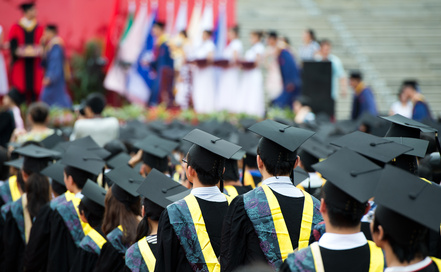When we discuss about a certain topic related to higher education, it is not a surprise that the East point of the globe comes with a powerful force. It is truly a major change that Asia has been very competitive since 1970’s. The sincerity in business partnership for the improvement of two parties lead to a positive connection between Asians some countries around the globe.
These progresses are also visible in the features of higher education in relation with economic stability in developing countries. This is connected with productivity, expertise and the higher demand for higher education.

Five years from now, China will have reached 30% university graduates which have an age range of 25-34 years old. On the other hand, two decades from now, India will have produced 300 million people manpower comparable to the total US population. This growth is for the benefit of the young people in India that needs to be cultivated.
Opposed to everything we can see behind the main concern of higher education, the concept about Asia as next higher education superpower tells the risky function of higher education in moving forward. Although it indicates an extensive study of geography, the concept still centers on competitive Asian countries in the field of higher education.
Asian countries like Malaysia, Vietnam and Thailand which have become fast changing countries based on their economic growth are now stepping toward planning and implementing their higher education system.For this reason, we view higher education in Asia from small engagements to big developments in their business relationship with other international countries across the world.
The growth of Asia through seeing their academic flexibility, impressive structures unfold. One of these things is that Asian professional leaders come back to their own country to acquire their Doctoral degree from universities in US and Europe. Majority of post-secondary students in Asia decide to move abroad to continue their higher education.
It is also made known those Asian countrieslike China, India and Korea have a total of 64% international students in the US. Even though American students are less flexible than other students around the world, they are still struggling to cope up with growing numbers of Asians for both short and long-term study.
I. Bhandari





